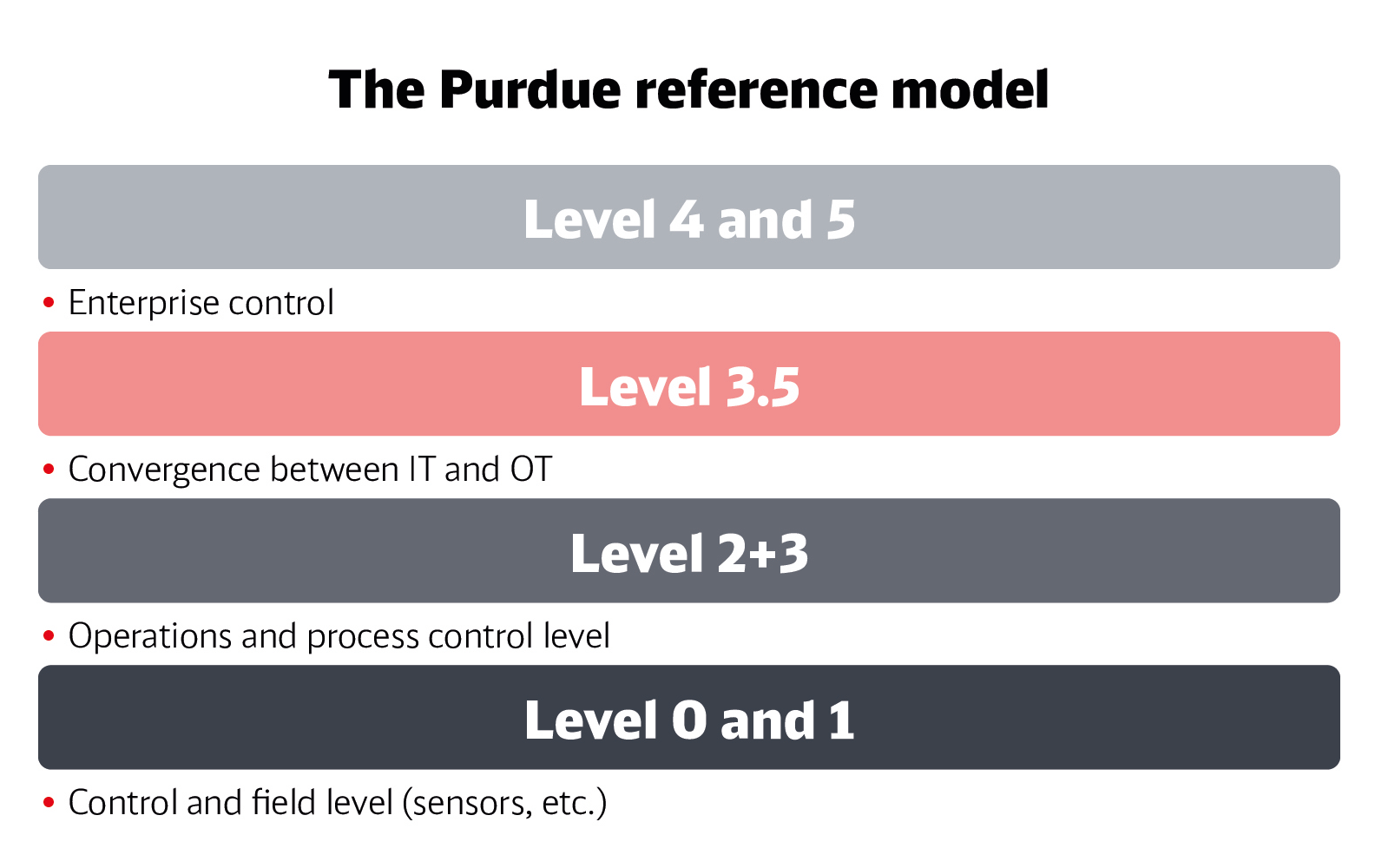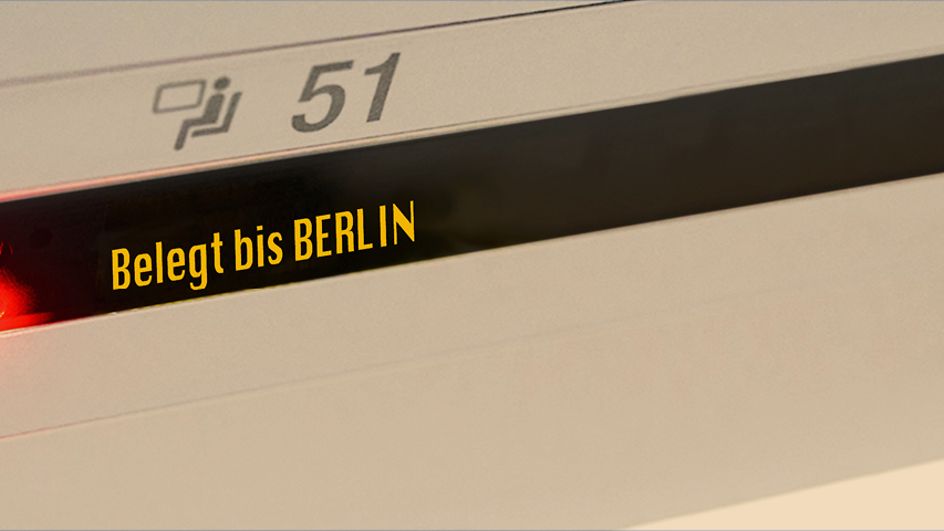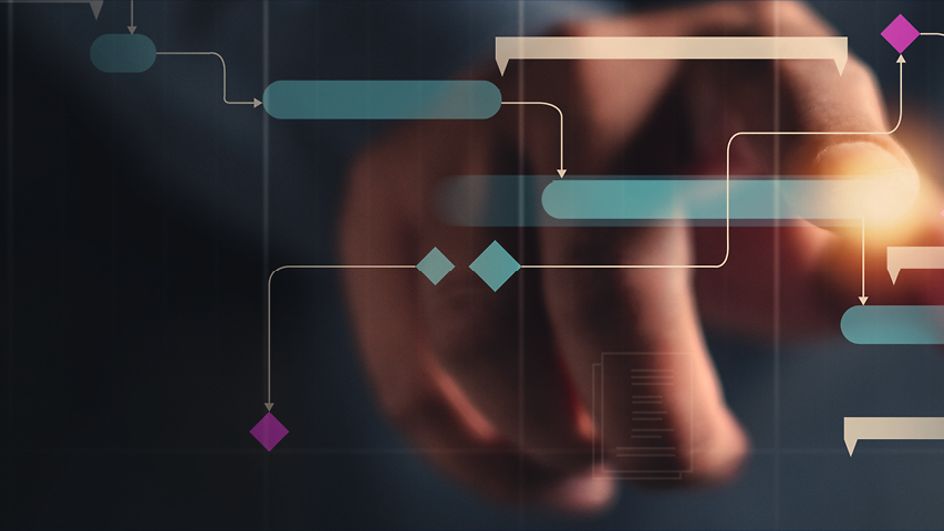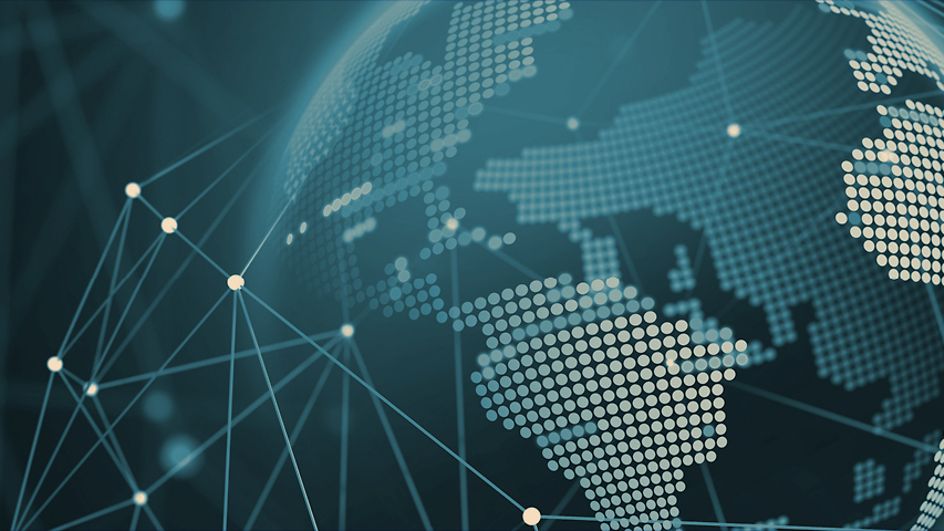IT/OT convergence
Article: How Deutsche Bahn combines IT and railway technology
11/2024 – Even control technology that has been tried and trusted for a hundred years can benefit from digital connectivity. It enables previously self-contained machinery and technical systems – such as lifts – to become smarter and more efficient, thereby allowing automation, remote access and data analysis, for example.
There are countless technical systems throughout Deutsche Bahn's infrastructure that could potentially benefit from such connectivity: from typical trackside railway technology, such as signals or traction substations, through to heavy machinery in the depots or even the trains themselves. But it is far from enough to simply introduce IT into the factory building or connect the previously isolated machines in the depot to the cloud. This article describes the challenges involved in combining traditional production technology and industrial infrastructure with the modern world in a safe, viable and sustainable way.
Overcoming the contradiction: interconnecting closed systems
IT and OT used to be strictly separated: IT was in the administration office, OT in the production building. "Convergence" begins where IT and OT meet and overlap. This is where opposites meet, where seemingly contradictory principles have to become uniform systems: "Everything that has traditionally been done with a programmable logic controller has always been something of an island," reports Sven Müller, Chief Consultant and Topic Lead for OT at DB Systel. This could be an escalator, a conveyor system in a factory or a traffic light system, for example.
Overcoming the contradiction: interconnecting closed systems
IT and OT used to be strictly separated: IT was in the administration office, OT in the production building. "Convergence" begins where IT and OT meet and overlap. This is where opposites meet, where seemingly contradictory principles have to become uniform systems: "Everything that has traditionally been done with a programmable logic controller has always been something of an island," reports Sven Müller, Chief Consultant and Topic Lead for OT at DB Systel. This could be an escalator, a conveyor system in a factory or a traffic light system, for example.
"Now I could see on a dashboard in the control centre which of my lifts are no longer working properly. That means connecting an island with traditional IT. These two worlds are merging and that's where the problems start," says Sven Müller with a laugh. "Because such an island – a traditional lift control system or the typical OT system – is built to last 15 or 30 years. A signal box just works, as does a traffic-light-controlled road junction works. They are older in terms of technology than IT, where I perform an update every three years."
What is IT/OT convergence?
Where is the overlap between machine control and IT? The Purdue model provides an illustrative example. It consists of Levels 0 to 5. "Level 0 to 3: this covers traditional operational technology, where the lift operates with sensors. The passenger presses the button, the PLC – the control system – detects that the button has been pressed and visualises it on a display," describes Sven Müller. "And there are also Levels 4 and 5, which are assigned to traditional IT. And right in the middle we have 3.5, which represents IT/OT convergence. This is also called the 'demilitarised zone' – with a firewall and security applications to ensure that no one can use this access point to break in from the outside. At the same time, the information from the system is prepared in such a way that an IT system – like SAP for example – can understand it. Then we have IT/OT convergence."
Keeping production safe with strict boundaries
Deutsche Bahn has drawn up rules and guidelines on how OT and IT should work together so that the potential benefits can be exploited while avoiding new risks to operations. Or as Sven Müller pointedly puts it: "So that I can't control a signal box remotely from my sofa at home." Remote controls are taboo, in some cases even connectivity itself. As the subject matter expert goes on to report: "For example, DB InfraGO in the Track business unit uses traditional control-command and signalling. They obviously don't want a signal box to be connected to the internet. There have always been clear specifications, and they will remain in place."
So how does DB connect infrastructure facilities and vehicles effectively and, above all, safely? "One area where we can use the benefits to achieve optimisation is vehicle and diagnostic data, that is to say completely one-way communication," reports Sven Müller and goes on to give an example: "Like a car, a train collects huge amounts of data. It could send a report to the repair team before it reaches its destination: two toilets are out of order and a Wi-Fi access point isn't working." This allows the maintenance crew to plan repairs and order spare parts before the train has even arrived at the depot and been inspected. "That ultimately represents process optimisation."
"At the end of the day, it's process optimisation. For example, for remote system diagnostics. And our depots will also see more digitalisation. We will be making some steps easier or providing assistance."

Evaluation instead of remote control
Currently we also have a one-way data flow when vehicles are undergoing maintenance in the depot: work is governed by strict specifications and end-to-end documentation. Technicians used to record every step in writing. For example, a modern digital torque wrench can not only specify and measure the correct torque for a bolt but also produce a digital log confirming that the bolt has been tightened correctly. The wrench automatically sends the log to a central management system.
An ICE itself is also a rolling example of IT/OT convergence. There is a wide range of OT on board for controlling the doors or toilets, for example. But there is also typical IT, such as passenger access to Wi-Fi and infotainment via the ICE Portal. Another example is geolocation data, for example in Deutsche Bahn's depots. For instance, movement data from a forklift in a large depot can help to find its position or optimise processes at any time. Another practical example is meter readings: "Every locomotive has an electricity meter. Nowadays, this data is transmitted so that no-one has to go to the physical location of the meter to read the electricity consumption."
We enable digital measurement of analogue technology
While it is relatively easy to gain an overall view of a production line in a factory, the dimensions at Deutsche Bahn are quite different. "We are a wide-ranging organisation: from Flensburg in the north to Garmisch in the south, from Aachen in the west to Görlitz in the east – there are infrastructure facilities and systems everywhere. We have almost 32,000 kilometres of track, around 5,700 stations and about 70,000 sets of points. That's a challenge that a factory doesn't have," says Sven Müller.
DB Systel supports the DB Group in making typical railway technology digitally accessible. Sensors, digital infrastructure, safety solutions and tried and trusted IoT solutions can assist in analysing, diagnosing and optimising systems. For example, the Systel start-up OT Analytics provides numerous practical fields of application that show how machine data can help to optimise processes. Diagnostics is another start-up that comes up with smart solutions for performing digital measurements on remote, analogue railway facilities.



